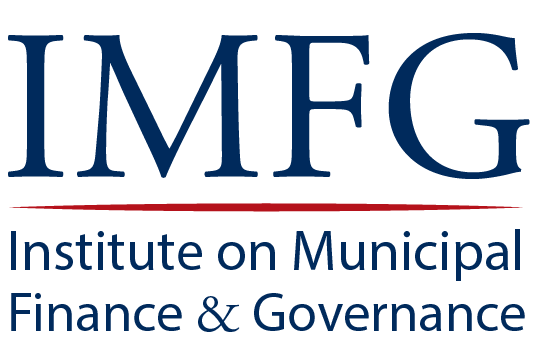The Municipal Role in Child Care
Child care is a necessity for millions of Canadian families, but has been hampered by the scarcity of cost-effective spaces. In 2021, the federal government made a budget commitment to provide parents with, on average, $10-a-day regulated child care spaces within the next five years. Soon after, it introduced the Canada-wide Early Learning and Child Care (CWELCC) program, implemented through federal–provincial/territorial multilateral agreements.
With the notable exception of Ontario (and at one point Alberta), child care in Canada has not historically been delivered by municipalities. The CWELCC provides an opportunity for a significantly enhanced role for municipalities to increase access to quality child care as the order of government closest to those who are affected.
The eighth report in the Who Does What series from the Institute on Municipal Finance and Governance (IMFG) and the Urban Policy Lab examines the role that municipalities can play in child care and their ability to fund, manage, and deliver child care in response to the increased demand.
Martha Friendly reviews international precedents for federally funded and municipally managed and/or delivered child care with a view to learning from their experiences and considers the advantages that a heightened municipal role could play in strengthening Canada’s newest social program as it rolls out.
Gordon Cleveland and Sue Colley investigate the roles and responsibilities of the different levels of government and how they will change in light of the CWELCC, with a focus on actions that Ontario will need to take over the next 20 years.
Rachel Vickerson and Carolyn Ferns discuss how governments can play a role in addressing the dire need for early child care educators.
Carley Holt proposes a roadmap for municipalities that brings stakeholders together to establish distinct approaches for their communities.
